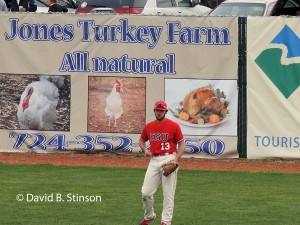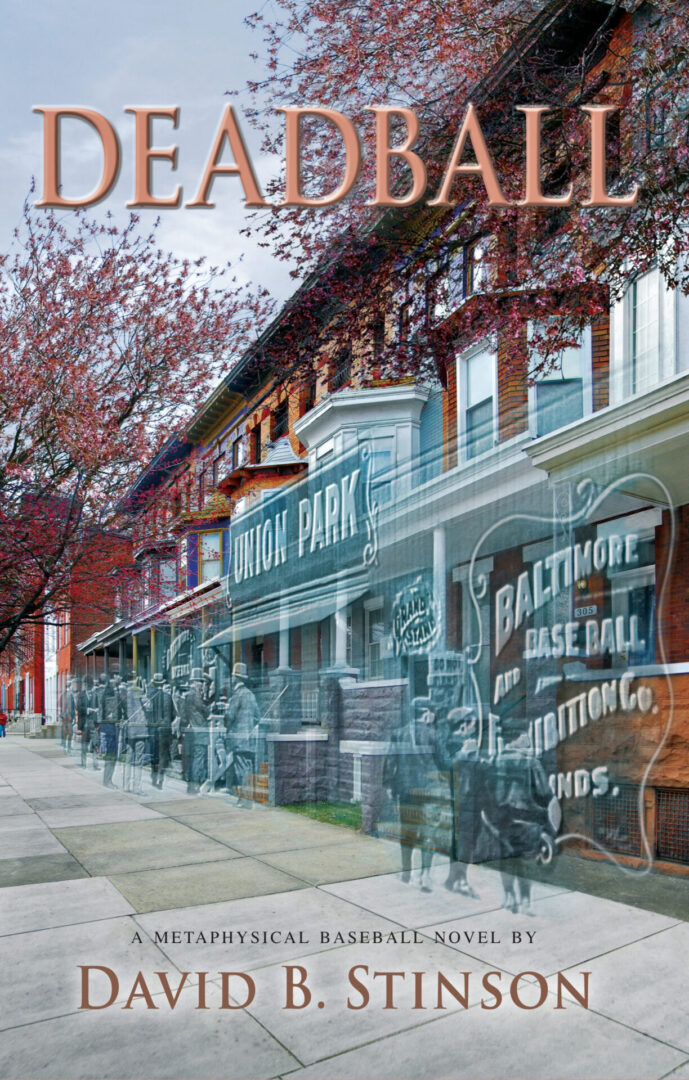Pullman Park was located at 100 Pullman Park Place near the intersection of Pillow Street and Plum Street in Butler, Pennsylvania.
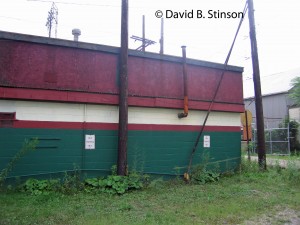
The ballpark (first base side) was located alongside the former Standard Steel Car Company plant which manufactured railroad rolling stock (railroad cars) beginning in 1902. Standard Steel was acquired by Pullman Car and Manufacturing Company in 1929 and merged in 1934 to become the Pullman-Standard Car Manufacturing Company.
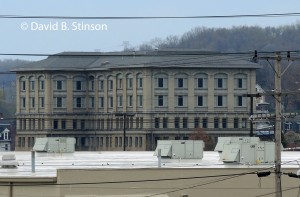
In 1934 Pullman-Standard provided the land and and constructed Pullman Park. The company then donated the ballpark to the City of Butler.
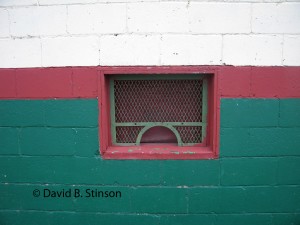
In 1935, Pullman Park was the home of the Class-D Pennsylvania State Association (PSA) Butler Indians, an affiliate of the Cleveland Indians.
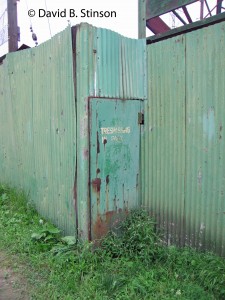
In 1936 the PSA Butler Yankees arrived in Butler and played their home games at Pullman Park. The Butler Yankees played through the 1942 season in Butler. During World War II, Butler did not field a team. The Butler Yankees returned to Pullman Park in 1946, playing in the Middle Atlantic League. The 1947 season was notable because it saw the professional debut of future Hall of Famer Whitey Ford who pitched for Butler that season. The Butler Yankees departed after the 1948 season.
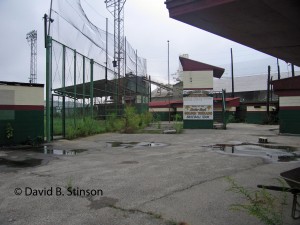
From 1949 to 1951, the Butler Tigers played their home games at Pullman Park. In 1949 and 1950, the Butler Tigers were an affiliate of the Detroit Tigers. In 1951 they were an affiliate of the Pittsburgh Pirates.
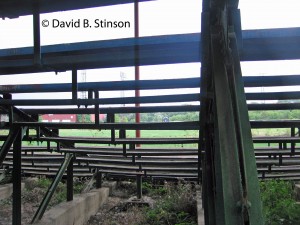
Negro League exhibition games also were played at Pullman Park. At least one such game was played on July 8, 1937, when the Negro National League Homestead Grays played the NNL Pittsburgh Crawfords at Pullman Park.
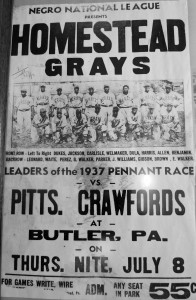
Professional baseball departed Pullman Park after the 1951 season, and the ballpark thereafter was used primarily for high school baseball.
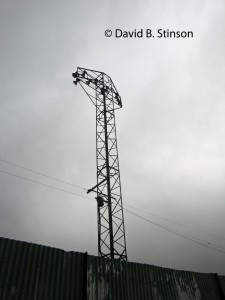
In 2005, the city closed Pullman Park. The ballpark was demolished in 2007 to make way for an entirely new baseball facility at the site. Below is a video of Pullman Park filmed in 2006, after the city had stopped utilizing Pullman Park for high school baseball, but before demolition had begun on the ballpark.
In 2007, the City of Butler began construction of new Pullman Park, designed to host both high school and college games. The ballpark includes a turf infield and natural grass outfield. In 2014, the name of the ballpark was changed to Kelly Automotive Park. The transformation of the ballpark from old Pullman Park to Kelly Automotive was remarkable. Although it is unfortunate that none of the original ballpark could be saved and preserved, by 2007 apparently there wasn’t much that could be reused, other than the field itself.

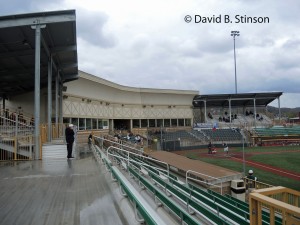
To get a sense of the transformation from Pullman Park to Kelly Automotive Park, below are before and after pictures of the ballpark taken from approximately the same angle and location. In 2006 I was unable to gain access to the park, so all the pictures of the old park are from outside looking in.
The front entrance from the third base side:
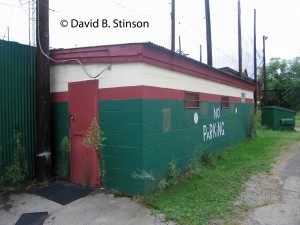
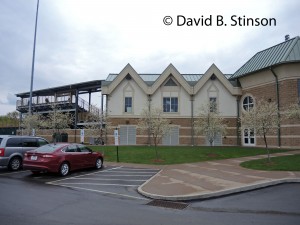
The exterior of the third base grandstand:
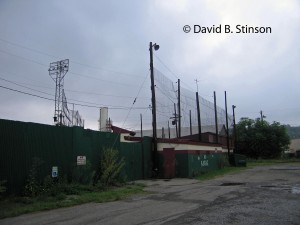
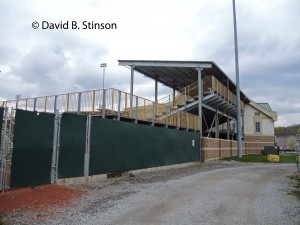
The front entrance from the first base side:
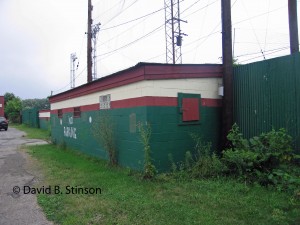
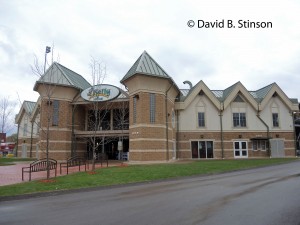
Exterior of the ballpark looking south:
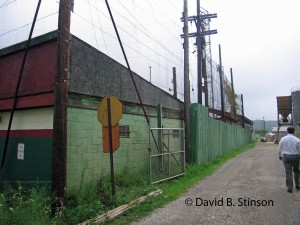
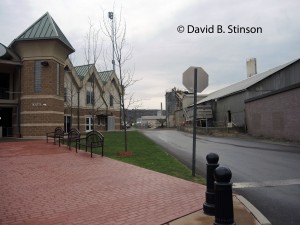
The first base grandstand:
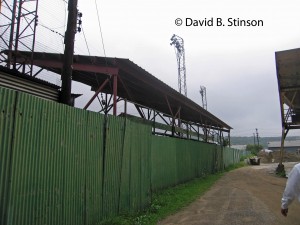
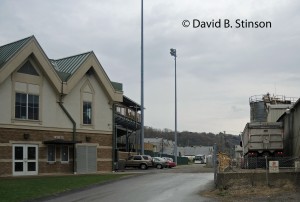
Interior of the first base grandstand:

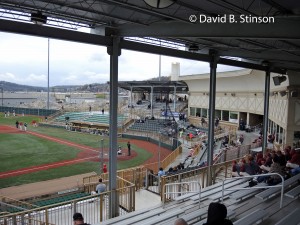
View of right field with former American Bantam Car Company visible beyond the right field fence (in 1940, the American Bantam Car Company developed a Reconnaissance Car for the Army which was the prototype of the Jeep):
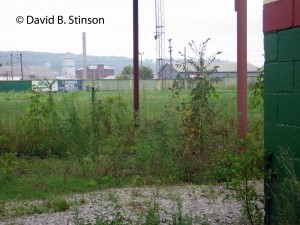
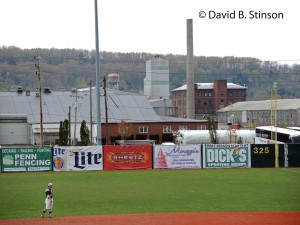
View of center field:
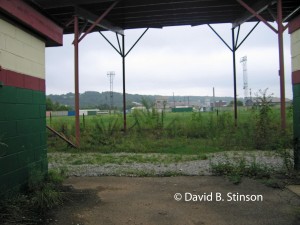
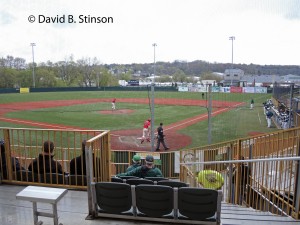
View of left field:
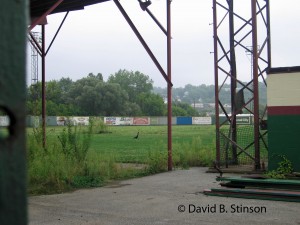

Kelly Automotive Park includes several displays on the concourse behind home plate that celebrate the history of Pullman Park.
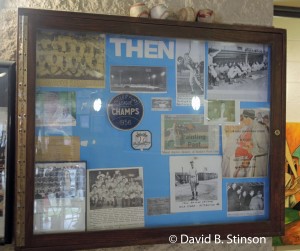
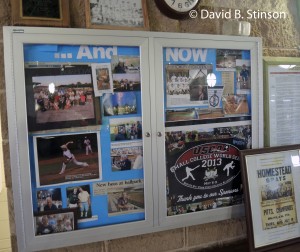
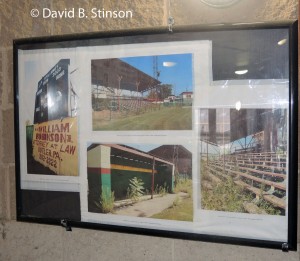
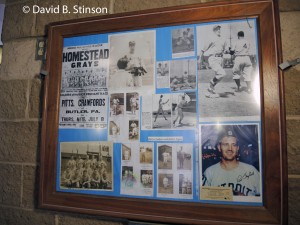
The ballpark is surrounded by the buildings and industry that date to the time of Pullman Park.
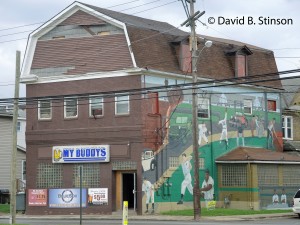
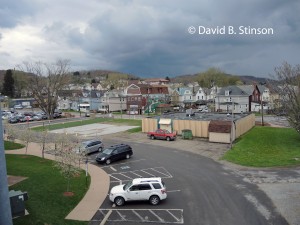

Although the original ballpark is long gone, Kelly Automotive Park is a wonderful place to watch a high school or college game.
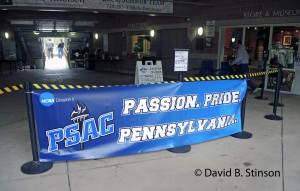
During summer months, Kelly Automotive Park is the home of the Butler Blue Sox of the collegiate wooden-bat rospect League.
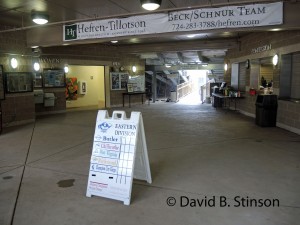
And if you do see a game at Kelly Automotive Park, be sure to notice the outfield advertisement for Jones Turkey Farm posted on the right field fence. It certainly gives new meaning to the term “fowl ball.”
